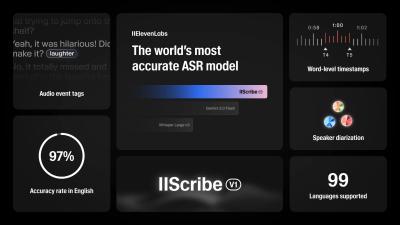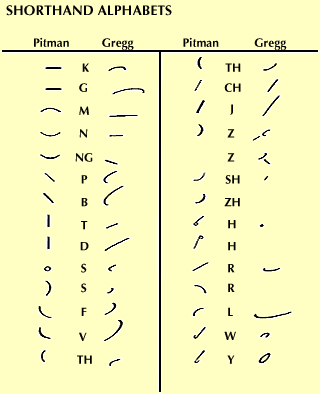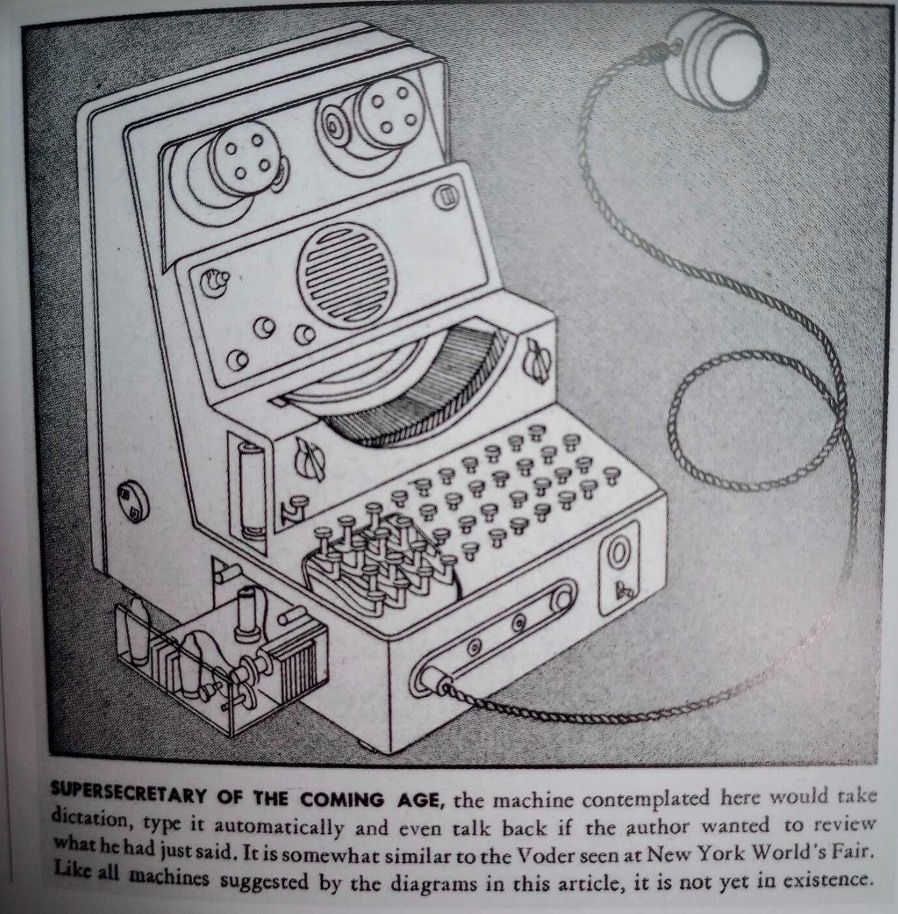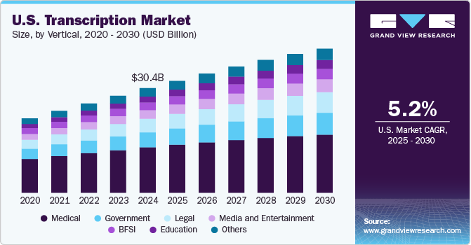
January 4, 2025 · 12 min read
State of transcription in 2025: Bridging the gap between speech and text
As we enter 2025, transcription services have become an integral part of our digital world, transforming how we convert spoken words into written text. This article explores the evolution of transcription technology, from its humble beginnings to today's advanced AI solutions. We'll examine the diverse needs driving the transcription market, compare manual and automatic approaches, and analyze the current state of the industry. Whether you're a business leader, researcher, or content creator, understanding today's transcription landscape is crucial for making informed decisions about your documentation needs.

What is transcription?
Transcription is the transformative process of converting spoken language into written text, playing a crucial role across various industries today. It comprises three main categories: captioning and subtitling services, which enhance accessibility for audiovisual content; live event recordings and stenographic services, essential for capturing real-time dialogue during events and trials; and business services that ensure precise documentation of meetings, interviews, and other professional communications.
Who needs transcription?
The necessity for transcription spans a wide range of fields, where it not only improves efficiency but also enhances content accessibility. Here's how it benefits various groups:
Journalists
Journalists frequently harness transcription tools such as Trint, Descript, Otter.ai, and Scribewave. In fact, Scribewave is the transcription choice for journalists from leading news outlets like Het Laatste Nieuws, De Morgen, and VRT. Transcription facilitates swift conversion of interviews and speeches into accurate text, thus saving valuable time and ensuring precision, which is imperative for quality reporting.
Researchers
For academics and researchers, transcription is indispensable for qualitative data analysis. Scribewave has been endorsed by the Vrije Universiteit Brussel (VUB) as their official transcription partner, supporting researchers globally. It efficiently transcribes interviews and focus groups, contributing significantly to the advancement of academic research, as recommended by Temple University.
Video producers
Transcription is a backbone service for video production entities like Woestijnvis, which uses Scribewave for shows such as "De Ideale Wereld" and "De Slimste Mens." Other notable companies like Banijay, EMG, and VRT also rely on these services. Transcription makes the post-production process more seamless by providing accurate scripts for editing, indexing, and subtitling.
Students
Students are increasingly leveraging transcription services to convert lectures and seminar notes into usable documents. This aids in the efficient review and comprehension of subject material, facilitating a more directed and thorough learning approach.
Government agencies
For government agencies, transcription services are essential in maintaining comprehensive records of public hearings and official meetings, promoting transparency and accountability within governance.
BFSI sector
In the banking, financial services, and insurance (BFSI) sector, precision and clarity in transcription are key for documenting financial reports, earnings calls, and customer interactions, which are fundamental to compliance and strategic planning.
Podcasters and content creators
In the realm of new media, podcasters and content creators utilize transcription not only to provide accessibility to their content but also to improve searchability and engagement, expanding their potential audience reach.
Market researchers and customer service representatives
Transcription enhances the efficiency of market research and customer service operations by providing clear, documented exchanges that inform better industry insights and customer satisfaction strategies.
Medical professionals
For medical professionals, transcription upholds the integrity and confidentiality of patient records. Secure, encrypted platforms are used to ensure sensitive data remains private and protected, adhering to rigorous privacy standards.
Lawyers
In legal environments, accurate transcription is vital. Lawyers depend on transcription to diligently record depositions, court hearings, and client discussions, with a strong emphasis on privacy and correct documentation to support legal proceedings.
Coaches
Coaches utilize transcription to document sessions, offering insights and feedback that improve client training and personal development.
History of transcription
The journey of transcription has evolved remarkably over time. It began with manual methods and developed into mechanized and electronic systems. The earliest transcription devices set the stage for current technology that can transcribe speech with high efficiency.

In 1945, visionary engineer Vannevar Bush dreamt of a machine that could transcribe speech into text effortlessly, an idea illustrated in his influential essay "As We May Think." Similarly, I recall my grandmother mastering stenography with skill, capturing real-time discussions with remarkable speed. She epitomized the role of a human real-time transcriptionist, manually translating spoken words into accessible written form.

Transcription market
The future of the transcription market appears promising, with several factors contributing to its anticipated growth. The increasing adoption of Electronic Health Records (EHR) in the healthcare sector is a key driver of demand for medical transcription services. The rising need for accurate documentation in legal proceedings, media and entertainment, and education further fuels market expansion [1].
Furthermore, businesses are increasingly leveraging transcription services to ensure accurate records of virtual events and communications, which are crucial for transparency, compliance, and collaboration. This trend is expected to gain further momentum as virtual interactions become more prevalent.
Advancements in speech recognition technologies are expected to enhance the efficiency and accuracy of transcription services, further propelling market growth [2]. These technological advancements are likely to drive innovation and improve the overall quality of transcription services.
However, the transcription market also faces challenges. The stenographic shortage poses a significant hurdle, potentially impacting the availability of skilled professionals [3]. This shortage may necessitate greater reliance on automated transcription solutions and increased training and development initiatives to address the skills gap.
Another significant trend is the growing demand for multilingual transcription and accent recognition technologies. As businesses and organizations operate in increasingly globalized environments, the ability to accurately transcribe diverse languages and accents becomes crucial. This trend is likely to drive further development and refinement of transcription technologies.
The increasing importance of transcription for accessibility and compliance with regulations like the Americans with Disabilities Act (ADA) is another notable trend [4]. Transcription plays a vital role in making audio and video content accessible to individuals with hearing impairments, ensuring inclusivity and compliance with legal requirements.
Market size and growth
The global transcription market demonstrated substantial growth in 2024, but the exact size is debated. Since US accounts for about 60% of the market with a domestic market of $30.42 billion, we estimate the global transcription market at $50.7 billion. This growth is projected to continue, with the market expected to expand at a compound annual growth rate (CAGR) of 6.1% from 2024 to 2032. [5]. This positive outlook is fueled by the increasing reliance on transcription services across diverse industries.
Several segments within the transcription market also exhibit strong growth trajectories. The legal transcription market, valued at USD 2.1 billion in 2022, is projected to grow at a CAGR of 6.90% from 2025 to 2034 [5]. The medical transcription software market, valued at $2.24 billion in 2023, is expected to reach $8.41 billion by 2032, exhibiting a CAGR of 16.1% [8]. The marketing transcription market is estimated at US$ 1.9 billion in 2023 and is projected to reach US$ 4.4 billion by 2033 [2].

Furthermore, the online transcription software and services market is expected to grow from $3.99 billion in 2024 to $7.87 billion in 2030 [7]. These figures underscore the significant economic contribution and potential of the transcription industry across various specialized domains.
In the United States, the transcription market was estimated at $30.42 billion in 2024 and is projected to grow at a CAGR of 5.2% from 2025 to 2030 [1]. This robust growth is attributed to the increasing need for accurate and efficient documentation across various sectors, including legal, medical, media and entertainment, BFSI, government, and education.
Market concentration
The transcription market exhibits a moderate level of concentration. In the legal transcription market, the software segment dominated the market in 2022, accounting for 65% of market revenue [5]. This indicates a significant presence of software providers offering transcription solutions. The United States holds a dominant position in the global marketing transcription market, accounting for around 59.80% of the market share in 2022 [2]. This suggests a concentration of market activity in the United States.
Future of transcription
Looking ahead, the transcription landscape is poised for further breakthroughs, with potential developments in speech recognition and translation technologies. As business needs evolve, transcription will remain pivotal in bridging language gaps and fostering communication.
Manual transcription
While automation rises, manual transcription services such as 3Play Media and VITAC remain valuable for their unparalleled accuracy. These services produce neatly formatted documents, yet are time-consuming and costly. Scribewave addresses these challenges by offering specialized time-synced editors to boost efficiency.
Automatic transcription
Automatic transcription brings speed and cost advantages, facilitated by open-source models like Whisper V3 and tools like Amberscript, Otter.ai, and Descript. These services, supplemented by APIs from tech giants like Google and IBM, provide fast and economical transcription.
For users unsure which service to choose, Scribewave comes forward with a solution that benchmarks state-of-the-art models, ensuring optimal choices for language and audio quality, all while guaranteeing privacy and security. Automatic transcription offers quick results but may require post-edit corrections and might not fully support all languages, especially with variations in accents or challenging audio environments. Scribewave overcomes these issues by employing specialized language models and learning from user edits.
Conclusion
In conclusion, transcription is essential in 2025, bridging spoken and written language across diverse fields. It enhances accessibility, improves efficiency, and ensures accuracy. Journalists, researchers, and video producers all benefit from its ability to quickly and precisely convert audio to text, aiding in everything from quality reporting to academic research and video production.
Sources
[1] U.S. Transcription Market Size, Share | Industry Report, 2030, accessed on January 4, 2025, https://www.grandviewresearch.com/industry-analysis/us-transcription-market
[2] Marketing Transcription Market Analysis, Size & Forecast 2033 - Future Market Insights, accessed on January 4, 2025, https://www.futuremarketinsights.com/reports/marketing-transcription-market
[3] Legal Transcription 2030: What You Should Know - Verbit, accessed on January 4, 2025, https://verbit.ai/legal/legal-transcription-2030-what-you-should-know/
[4] Transcription Services in the US - Market Research Report (2014-2029) - IBISWorld, accessed on January 4, 2025, https://www.ibisworld.com/united-states/market-research-reports/transcription-services-industry/
[5] Legal Transcription Market Size & Share Forecast 2032 | MRFR, accessed on January 4, 2025, https://www.marketresearchfuture.com/reports/legal-transcription-market-12066
[6] https://www.reportsanddata.com/report-detail/transcription-market
[7] Global Online Transcription Software and Service Market Insights, Forecast to 2030, accessed on January 4, 2025, https://reports.valuates.com/market-reports/QYRE-Auto-10U11334/global-online-transcription-software-and-service
[8] Medical Transcription Software Market Size, Share | Growth 2032, accessed on January 4, 2025, https://www.fortunebusinessinsights.com/industry-reports/medical-transcription-software-market-101572
About the author
Ulysse Maes
In a world where Ulysse can't out-flex The Rock or out-charm Timothée Chalamet, he triumphs as the mastermind behind Scribewave, fiercely defending his throne as the king of nerds in beautiful Antwerp, Belgium.
Related articles
Discover more articles about transcription, subtitling, and translation

